























































































































































































Clarisco requests your action to continue

Being a prominent Directed Acyclic Graph(DAG) development company, we deliver exceptional DAG solutions with enhanced scalability and secure transactions.

Directed Acyclic Graph (DAG) uses topographic sequence for implemented graphical structure. The queue can go backwards than before. DAG can be used for data processing, scheduling, shortcut issues and data compression related issues. The queue is maintained by the involvement of transactions, thus avoiding the mining process. There are only transactions in the seamless design of the DAG, eliminating the need for miners to create new blocks.
In addition, DAG protects users from specifying data units from previous transactions, thus increasing the number of transactions. The consensus algorithm establishes the total sequence in the DAG.
Transaction verification is determined by the transactions behind it. The DAG’s transaction order was expanded by several transactions without proof of employment (PoW). Any attempt to double the cost will be immediately thwarted by the system.
The DAG network connects existing transactions with new ones. The DAG algorithm controls the width of the problem network. When transactions are verified, they will be linked to new transactions on the DAG network.
DAG seamlessly makes transactions directly over the network, which makes the whole process faster than PoW & PoS. Network width is kept within certain limits to maintain rapid transaction verification.
DAG’s arrival has driven a platform with high performance with low transaction fees. Users can send and receive micro and nano-payments without problems related to scaling and transaction speed.
Set conditional payments that do not allow the DAG payer to make fiat currency transactions. Conditions are set by the payer. The payer receives the money when these conditions are fully met or refunded to the payer.
The user ID is stored securely in the wallet. The identity depends on the user. Users can disclose their wallet identity to a service provider, for example by participating in an ICO and using their KYC & AML compatible currency.
Users can pay in absolute privacy on a currency such as undetectable currency. Transactions do not appear in the public database as they are sent peer-to-peer (P2B). The built-in TOR switch enables direct transfer from wallet to wallet and enhances privacy.
DAG does not have a central agency that pays and processes. Conversely, when transactions between users are initiated, a cryptographic connection is created between each other. As transactions grow, users begin to add Byteball-like links to one another.
When ICOs run on a blockchain, the cryptocurrency box in the DAG may go without security tokens. KYC is configured with real name verification with statistics displayed in real-time. Users sell BTC, ETH or bytes.
User insurance will protect you from regular adverse events. The insurance is engraved in a sensible contract, which will be opened by the insurer when the event involved occurs. The user can sell the insurance for a profit on the P2P transaction.
Users can make money by predicting future events. It can bet on a football match or any other forecast market. The prediction is engraved in a smart contract and depending on the outcome, the user or co-worker will select a smart contract.
The payer can send cryptocurrency by email or chat. The recipient can click on the link received by mail or chat to complete the transaction. However, if the recipient does not have a DAG wallet, the connection prompts them to install a wallet on Android or iOS.
We'd Love To Hear From You!
Know your requirement, our technical expert will schedule a call and discuss your idea in detail. All information will be kept confidential.

Plot No. 29, 30, Iswarya Nagar,
Madakkulam, Tamil Nadu 625003, India
Business@clarisco.com +91 9442430551Monday-Saturday: 10am - 7pm
Sunday: Closed